As a BetterHelp affiliate, we receive compensation from BetterHelp if you purchase products or services through the links provided
Grief is a natural and complex emotional response to loss. No two people experience it the same way, and the journey varies from person to person, making it difficult to define or fit into a one-size-fits-all mold. Understanding the multitude of stages that may come with grief can help you navigate and make sense of your emotions and feelings as you face this challenging process.
Throughout history, various models have attempted to define the stages of grief. One such model suggests there are 12 stages that individuals may experience while grieving. By exploring these 12 stages, you’ll understand why you may feel a certain way and recognize that every emotion is part of the healing process. Remember, though, that everyone’s experience of grief is unique, and you may not experience every stage or follow the same order.
Key Takeaways
- Grief is a complex emotional process that varies from person to person.
- The 12 stages of grief model may provide insight into your emotions and promote healing.
- Physical, mental, and cultural factors can influence how we cope with different types of grief.
Quick Tips for Making Sense of Your Grief Journey
- Take your time: There’s no rush to “complete” each stage.
- Seek support: Don’t underestimate the power of talking to someone who can listen without judgment.
- Keep a journal: Writing down your feelings can help you understand what you’re going through.
- Self-care is key: Exercise, sleep, and proper nutrition can positively impact your emotional well-being.
It’s okay to stray from the established stages or skip some entirely. Your experience is uniquely yours, and this guide is just a tool to help you navigate the ups and downs.
Understanding Grief
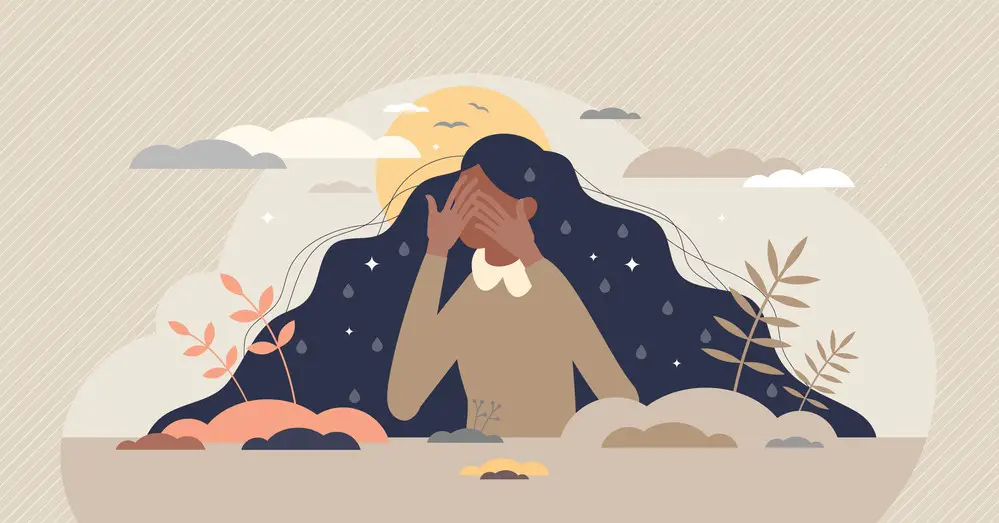
Grief is a natural response to loss and can significantly impact your emotions and mental health. You may experience a wide range of feelings, from sadness to anger, guilt, and confusion. It’s essential to know that these emotions are all part of the grief process, and it’s normal to feel them.
In the journey of grieving, there are 12 distinct stages that people may go through:
- Shock and disbelief
- Denial
- Bargaining
- Guilt
- Anger
- Depression
- Acceptance
- Reconstruction
- Hope
- Forgiveness
- Gratitude
- Growth and resilience
Each stage helps you cope with the loss and heal your emotions. You might not experience all 12 stages or go through them in a different order. The grief process is unique to you and your individual experience. Giving yourself time and space to heal is essential, as rushing through the stages could lead to unresolved feelings and lingering mental health problems.
Remember, grieving is not a linear process. You may find yourself revisiting some of the stages multiple times on your journey towards healing. It’s crucial to be patient with yourself and understand that there’s no right or wrong way to grieve.
Key Takeaway: Grief is a natural response that consists of 12 stages, each playing an essential role in your emotional healing. Be patient with yourself, as everyone’s experience is unique, and there’s no specific timeline for the grief process.
Origins of Grief Stages Models
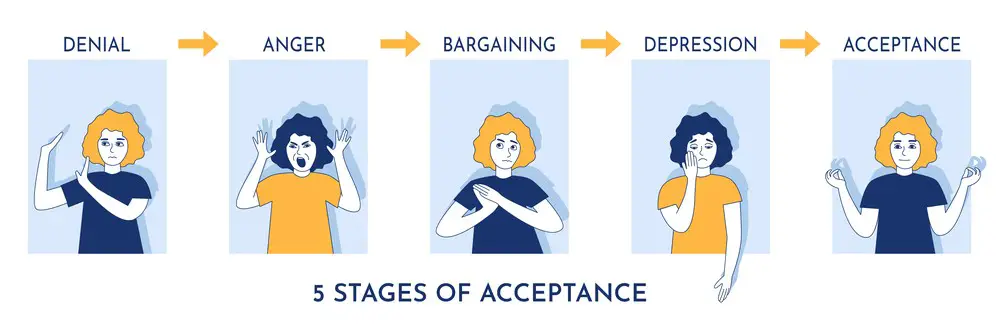
Elisabeth Kübler-Ross Impact
Elisabeth Kübler-Ross, a Swiss-American psychiatrist, introduced the world to grief stages in the late 1960s. She proposed the Five Stages of Grief model that consisted of:
- Denial
- Anger
- Bargaining
- Depression
- Acceptance
Her work, centered around terminally ill patients, provided a deeper understanding of the grieving process. While the model primarily focused on death-related grief, people began recognizing its applicability in various aspects of life.
Key takeaway: Kübler-Ross’ Five Stages of Grief model formed the foundation of modern grief studies.
Variations in Grief Models
Over time, researchers expanded upon Kübler-Ross’ groundbreaking work by developing different grief models. The 7 Stages of Grief emerged as an extension, which includes:
- Shock and Denial
- Pain and Guilt
- Anger and Bargaining
- Depression
- The Upward Turn
- Reconstruction and Working Through
- Acceptance and Hope
However, various grief models have been developed, as grief is a highly personal and complicated experience. The 12 Stages of Grief model, another popular adaptation, further elaborates on the degree of emotions experienced during the grieving process.
Key takeaway: Grief models like the 7 and 12 stages built upon Kübler-Ross’ work account for individuals’ complex emotional journeys.

The 12 Stages of Grief
Denial
Denial is the first stage of grief that you may experience when you lose something dear to you. It helps you to minimize the initial shock. During this stage, it’s natural for you not to believe the loss has occurred and might even feel numb. Remember, giving yourself some time and space to process the reality of your loss is okay.
Key Takeaway: Denial is a natural mechanism to minimize the initial shock.
Anger
As the reality of your loss sets in, you may feel anger and resentment. This stage can manifest in different ways: frustration with others, yourself, or the world. Don’t be afraid to confront your emotions—it’s a necessary step in healing.
Key Takeaway: Embrace your anger as a part of the journey.
Bargaining
You might make deals or promises during the bargaining stage to escape your pain. You could ask, “What if I had done this differently?” or “If only I had more time.” Understand that this is your mind’s way of regaining control in an uncontrollable situation.
Key Takeaway: Remember bargaining is a normal stage of the grieving process.
Depression
Loss can often lead to feelings of sadness, despair, and helplessness. In this stage, you may feel overwhelmed by your emotions and withdraw from others. Reach out to your support system and permit yourself to experience these emotions.
Key Takeaway: Lean on your support system and allow yourself to feel the pain.

Acceptance
Acceptance comes when you acknowledge your loss and accept your new reality. This stage doesn’t necessarily mean happiness but rather a sense of peace. Acceptance is not a linear process—you may go through ups and downs before finding peace.
Key Takeaway: Embrace the ups and downs on the road to acceptance.
Shock
Shock is a common initial reaction to a sudden loss. You might feel disbelief, disorientation, and confusion. It’s essential to allow yourself to feel these emotions and seek support from your loved ones during this time.
Key Takeaway: Let yourself feel the shock and seek support from others.
Pain
Both physical and emotional pain may accompany grief. Listen to your body and take care of yourself during this time. Try activities that help you relax, like meditation, stretching, or walking.
Key Takeaway: Be gentle with yourself and tend to your emotional and physical needs.
Guilt
It’s common to feel guilt after a loss—thinking about what you could have done differently or what you may have said. Remember, it’s crucial to forgive yourself and let go of these feelings to move forward.
Key Takeaway: Forgive yourself and let go of guilt.
Hope
As you progress through the stages of grief, hope will slowly begin to emerge. You’ll start to see your future in a more positive light. Embrace the hope and use it as a source of strength.
Key Takeaway: Let hope be your anchor in your healing journey.
Change
Loss often brings change, and adjusting to your new normal can be challenging. Be patient with yourself, and take one step at a time. Reach out to your loved ones or a support group for guidance during this transition.
Key Takeaway: Allow yourself the time and grace to adapt to change.
Upward Turn
You’ll notice a shift in your emotions as you feel better and find balance. Continue supporting yourself through self-care and nurturing relationships with others.
Key Takeaway: Recognize and embrace your emotional improvement.
Reconstruction
As you reach the final stage of grief, you’ll begin to rebuild and reshape your life. Invest in new or rekindle old interests—this is your chance to create a meaningful and fulfilling future.
Key Takeaway: Take this opportunity to reconstruct a life that brings you joy and fulfillment.
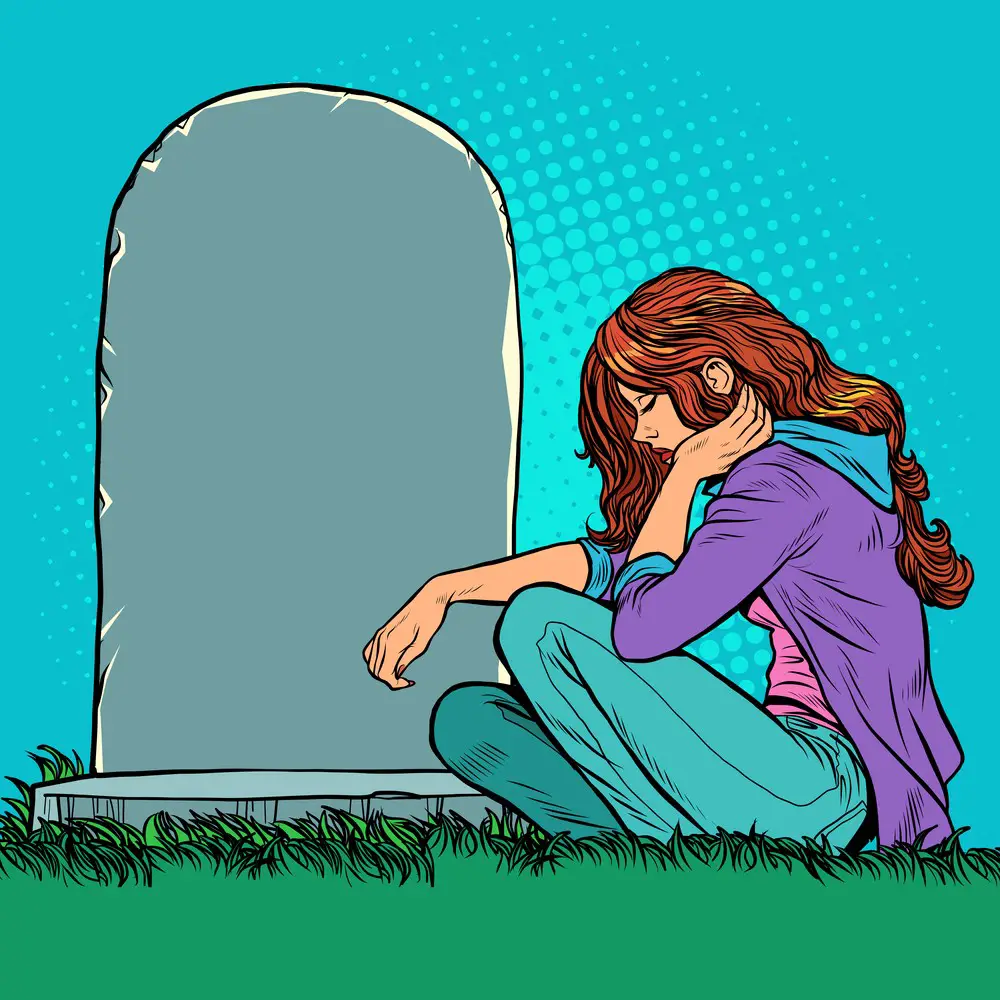
Variations in the Grieving Process
Individual Differences
The grieving process varies from person to person. Your individual experience of grief might differ from someone else’s due to factors like your personality, cultural background, and support system. Remembering that there’s no “right” way to grieve is essential. It’s a deeply personal journey, so treating yourself with kindness and patience during this time is crucial.
- Some people might grieve privately, while others may seek comfort in groups.
- Some may find solace in their faith, whereas others focus on self-care and therapy.
Influence of the Nature of Loss
The nature of the loss also plays a significant role in the grieving process. Different losses can evoke a variety of emotions and levels of grief. For instance:
- Divorce and breakup: The end of a significant relationship can leave you feeling heartbroken, angry, or numb. You may experience grief for losing your partner, dreams, and shared life.
- Death of a loved one: Losing someone close to you can be incredibly difficult. The grief may be overwhelming and feel unbearable. This type of loss often involves a wide range of emotions, from shock and disbelief to anger and sadness.
- Loss of a job or job loss: Grieving the loss of a job can involve feelings of failure, uncertainty, or fear about the future. It might be helpful to remind yourself that you’re not alone and that resources are available to support you during this transition period.
Each of these situations comes with its unique set of challenges. But in all cases, giving yourself room to process your feelings and take steps toward healing is essential. You may find it helpful to talk to a support group, therapist, or a close friend to help you navigate this difficult time.

Physical and Mental Impact of Grief
Grief can take a toll on both your physical and mental health. You might find yourself experiencing a range of physical symptoms, such as headaches, fatigue, and even changes in appetite. These can be a natural response to the emotional upheaval of grieving.
It’s also common for individuals to experience mental health challenges during the grieving process. Anxiety, depression, and feelings of anger are all typical emotional symptoms that might arise during this time. Acknowledging these feelings can be an essential step towards healing.
Here are some common physical and emotional symptoms often associated with grief:
- Fatigue and low energy levels
- Headaches or migraines
- Insomnia or difficulty sleeping
- Changes in appetite (either eating more or less than usual)
- Anxiety and restlessness
- Depressive symptoms, like feeling sad or hopeless
- Irritability and anger
While it may be challenging to manage these symptoms, there are several strategies you can employ to help cope with them:
- Engage in regular physical activity, which can help boost your mood and energy levels.
- Maintain a healthy sleep routine by establishing a consistent bedtime and creating a relaxing environment.
- Seek support from friends, family, or a professional therapist to help navigate your emotions.
- Establish a balanced diet and consume regular meals, even if your appetite might fluctuate.
- Allow yourself to express your emotions, whether it’s through talking, writing, or other creative outlets.
Remember, experiencing these physical and emotional symptoms is a natural part of grieving. Being patient and giving yourself the time you need to process your emotions is essential. With time, support, and self-care, you will gradually start to see improvements in both your mental and physical health.
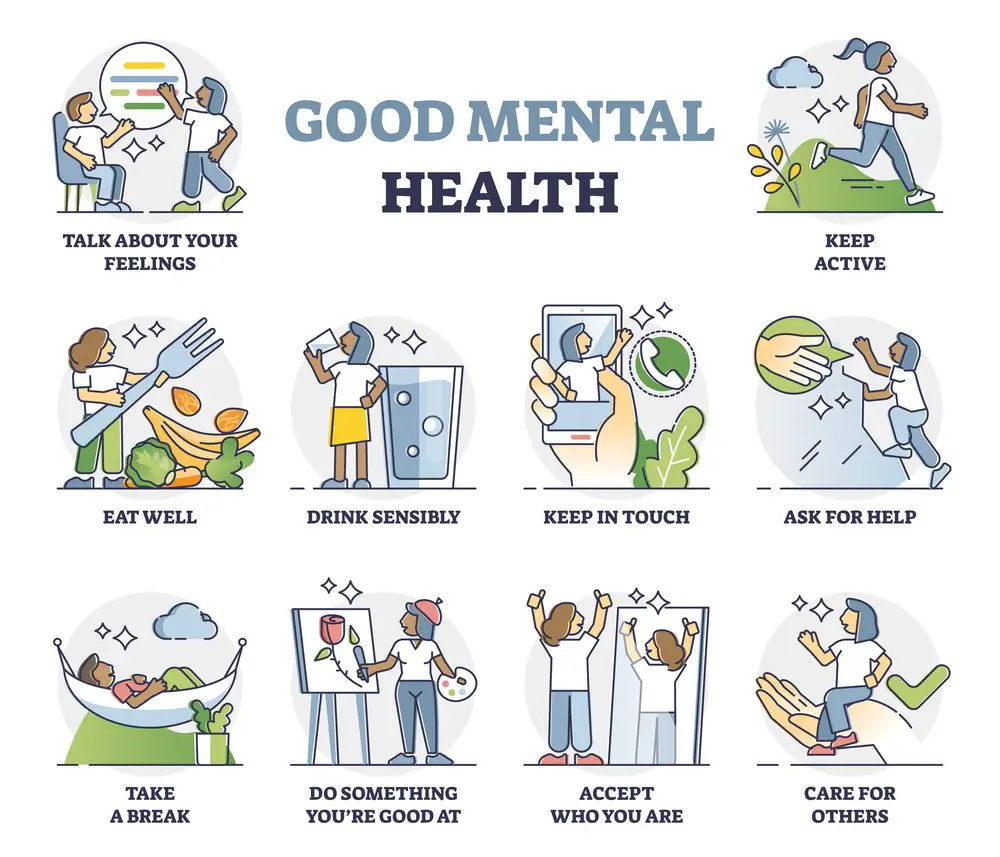
Methods for Coping with Grief
Support Systems
Surrounding yourself with a robust support system is crucial when coping with grief. Loved ones, friends, or even a compassionate listening ear can make a difference in your healing journey. Don’t be afraid to lean on them; it’s natural for people to help each other during tough times. Consider these tips:
- Reach out to family and friends, and let them know what you need.
- Join grief support groups where you can share your experiences and learn from others.
- Engage in community activities to stay connected with others.
Remember, a problem shared is a problem halved.
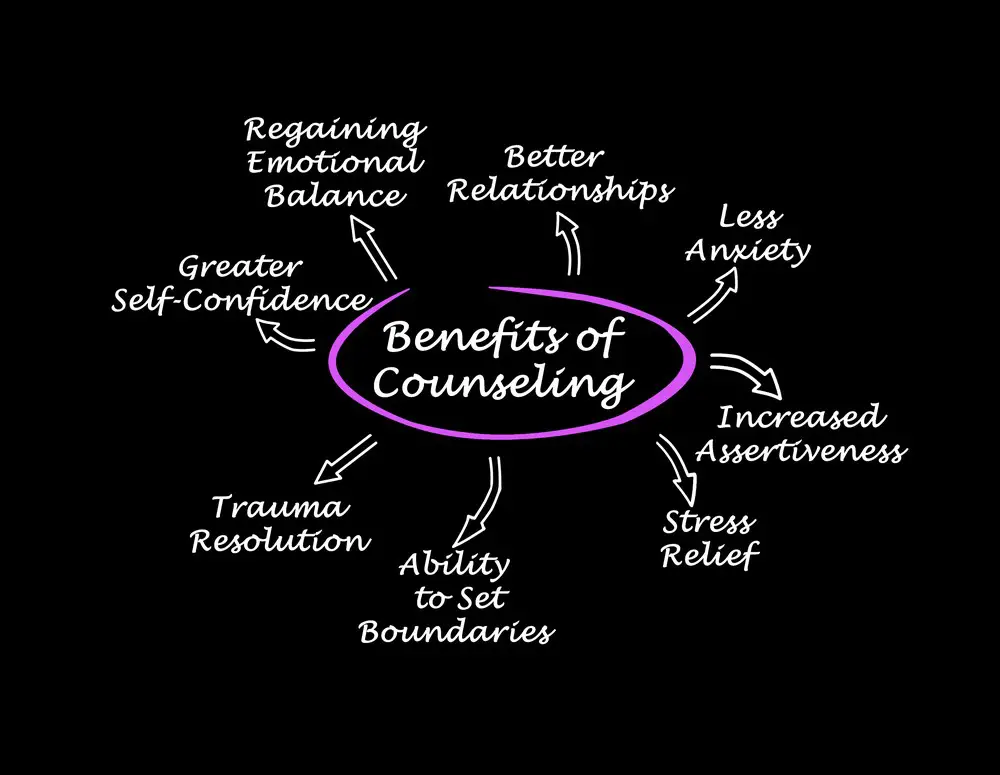
Professional Assistance
Sometimes, the journey through grief requires the aid of a mental health professional. Grief counseling or therapy can provide a structured and safe environment to process emotions and thoughts. Engage with a professional if:
- Your grief feels unbearable or unmanageable.
- You’re experiencing symptoms of depression or anxiety.
- You’re struggling with daily functioning.
Working with a mental health professional can equip you with valuable coping strategies to navigate your grief successfully.
Personal Strategies
Personal coping strategies vary for everyone; refining them can improve your capacity to handle grief. Some effective strategies include:
- Exercise: Physical activity can release endorphins and keep your mental health in check. Engage in activities you enjoy, like walking, biking, or yoga.
- Reflect: Journaling and expressing your thoughts privately can help process your feelings.
- Meditation: Practicing mindfulness or meditation can reduce stress and increase resilience during difficult times.
Stay hydrated, too, as dehydration can make coping harder and impact overall mental health. Finally, remember to be patient with yourself and permit healing to occur at its natural pace.
Types of Grief
Anticipatory Grief
Anticipatory grief is the emotional pain that occurs when you expect a loss, such as the decline of a loved one’s health. You may experience various emotions, including sadness, anxiety, and cherishing the remaining time together. It’s common for you to go through the grief stages before the loss occurs.
Key Takeaway: Anticipatory grief helps soften the blow of the actual loss, preparing you for the forthcoming bereavement.
Complicated Grief
Complicated grief, also called persistent complex bereavement disorder, occurs when grieving lasts for an extended period and interferes with daily functioning. It’s characterized by intense longing and preoccupation with the deceased, causing difficulties moving on.
Some signs of complicated grief include:
- Inability to accept the loss
- Extreme focus on reminders of the loved one
- Detachment from others or life
Key Takeaway: If you’re experiencing complicated grief, seek professional help to support your recovery process.
Delayed and Inhibited Grief
Delayed grief is when your grieving process doesn’t begin until after an extended period. Inhibited grief, on the other hand, occurs when you suppress your natural expression of sorrow. Both situations can cause emotional stress, as unresolved grief can snowball over time.
Tips to manage delayed and inhibited grief:
- Share your feelings with a trusted friend or support group
- Reflect on the reasons you delayed your grief process
- Consider therapy to help you navigate through your emotions
Key Takeaway: Acknowledging and addressing delayed or inhibited grief is essential for emotional healing.
Normal and Prolonged Grief
Normal grief is the natural and expected healing process following a loss. It involves a range of emotions that gradually ease, allowing you to accept the loss and continue with life. Prolonged grief, however, is when the grieving process stretches beyond what’s generally considered normal, hindering life progress.
Strategies to cope with normal and prolonged grief:
- Allow yourself to feel and express your emotions
- Seek support from friends, family, or support groups
- Engage in activities that bring you comfort and purpose
Key Takeaway: Both normal and prolonged grief are part of the healing process, but don’t hesitate to seek help if your grief appears unresolved or extended.

Grief in Different Cultures and Religions
Grief is a universal experience, but how it’s understood and expressed varies between cultures and religions. You may find comfort and insight in learning about these diverse perspectives.
In Buddhism, the focus is on understanding the impermanence of life. When you experience loss, it serves as a reminder that nothing in this world lasts forever. Bereaved Buddhists may meditate, chant, and participate in ceremonies to help them overcome grief and develop compassion.
Hinduism highlights the belief in reincarnation, where the soul departs from the body at death and rebirths into another form. During the mourning period, Hindus perform rites such as the shraddha ceremony to honor the deceased. These rituals provide solace by accepting the soul’s continuous journey and emphasizing detachment from the material world.
In Islam, grief is acknowledged as a natural response to loss, and it is encouraged to express it through crying and mourning. However, excessive displays of grief are discouraged to protect oneself from negative emotions. Consoling the family, praying, and performing funeral rites are integral to Islamic mourning.
Christianity offers various interpretations of grief. Generally, Christians turn to their faith in God’s plan, seeking solace through prayer, scripture, and the support of their church community. They often see death as a transition to eternal life, which can provide comfort and hope during the mourning period.
In Judaism, there’s a structured process for mourning called Shiva. This week-long ritual involves the bereaved staying home, avoiding work and social events, and receiving visitors. The practice of shiva allows for the expression of grief, reflection on the deceased’s life, and support from the community.
Traditional African cultures approach grief with a focus on the interconnectedness of the community. Expressing emotions openly, including wailing and dancing, is encouraged. Funerals are crucial social events where family, friends, and community members come together to share stories, console each other, and celebrate the deceased’s life.
Key takeaway: Understanding that grief is a shared human experience across cultures and religions can give you a broader perspective and help you find comfort in your journey through loss. Embrace the support of your culture or faith while appreciating the wisdom found in others.

Path Towards Healing
As you journey through the 12 stages of grief, it’s crucial to move towards healing and finding hope for a brighter future. Here are some strategies and tips to help you navigate the healing path.
Start small: Don’t expect to heal overnight or feel better instantly. Take small steps towards embracing positive changes. Your healing journey might be slower than you hope, but every small step counts.
Acknowledge your emotions: Recognizing and accepting the wide range of emotions you may feel during the grieving process is essential. Don’t suppress or deny your feelings – let yourself experience them, and seek assistance if needed.
- Lean on support: Reach out to friends, family, support groups, or therapists to assist you in navigating your grief. Your loved ones are invaluable resources that can provide comfort and guidance during these difficult times.
- Practice self-care: Prioritize your well-being as you progress through the healing process. Nurture your body and mind through adequate sleep, proper nutrition, and engaging in relaxing activities that you enjoy.
Over time, you’ll find a new sense of hope and reconstruction. Some key factors affecting your healing time frame are your personality, the type of loss, and the support available. Remember that your journey is unique – there’s no one-size-fits-all approach to healing from grief.
As you continue on your path toward healing, problem-solving strategies and focusing on finding new meaning in life will also emerge. Try channeling your energy into rebuilding and reconstructing aspects of your life that may have been affected by your loss. In doing so, you’re creating a brighter future for yourself.
Takeaway: Be patient with yourself, accept your emotions, and utilize support systems during the healing process. Allow yourself the time and space you need for reconstruction, and remember that positive change will come with time. Keep a friendly and hopeful outlook on your journey ahead.

? Signs You Might Need Professional Help with Grieving ?
Sometimes, despite our best efforts and the support of those around us, we struggle too much with grief. It might be time to seek professional help when:
- You find it hard to complete daily tasks and responsibilities ?
- You experience constant, overwhelming sadness that doesn’t ease up ?
- You’re engaging in risky or self-destructive behaviors ?
- You’re dealing with prolonged insomnia or other sleep issues ?
- Social withdrawal has become your norm, even from close family and friends ?♂️

? Setting Targeted Goals for Therapy ?
If you’ve decided that therapy is the right path for you, setting achievable goals can significantly enhance your therapeutic experience. Consider:
- Emotional Management: Learn strategies to manage intense emotions like anger or despair ?➡️?
- Understanding Triggers: Identify the circumstances that heighten your grief so you can navigate them more effectively ?️♀️
- Healthy Coping Mechanisms: Develop tools for coping that go beyond short-term relief ?️
- Communication Skills: Improve how you talk about your grief with others ?
- Closure and Acceptance: Work toward finding a sense of peace with your loss ✌️
? Recognizing Progress in Your Grieving Journey ?
Therapy is not a quick fix but a journey you take one step at a time. Here are signs that you’re making progress:
- Enhanced emotional resilience: You’ll find it easier to bounce back from setbacks ?
- Better relationships: Improved communication skills can enhance your connections with loved ones ?
- Improved mental and physical health: Reduced stress can lead to better sleep and general well-being ?
- Greater self-awareness: A clearer understanding of your patterns and emotions ?
Grief is a complicated and deeply personal process. Wit
Frequently Asked Questions

What are the common stages of grief during a divorce?
During a divorce, you may experience various stages of grief. These include shock, denial, anger, bargaining, guilt, depression, and acceptance. Each person’s journey through these stages may differ based on personal experiences and emotions. The critical takeaway is remembering that feeling a range of emotions during this challenging time is expected.
How do the 12 stages of grief differ from the 5 or 7 stages?
The 12 stages of grief provide a more detailed and nuanced understanding of the grieving process compared to the 5 or 7 stages. The increased number of stages allows for more specificity in addressing the wide range of emotions and experiences you might encounter during the grieving process.
In which stage of grief do people find the most difficulty?
This can vary greatly depending on the individual and the circumstances of their loss. Some people might struggle most with guilt or anger, while others may struggle to move through depression or denial. There’s no right or wrong answer here—what’s important is to acknowledge your emotions and allow yourself the space to process them.
How do the stages of grief apply to recovery?
The stages of grief can serve as a roadmap for recovery. As you move through each stage, you’ll gradually come to terms with your loss and begin healing. Embracing each stage, even the painful ones, can provide a sense of progress and help you feel more in control of your emotions. However, remember that everyone’s experience may differ—you might move through the stages out of order or spend more time in some stages than others.
Do the 12 stages of grief also relate to experiencing burnout?
While the 12 stages of grief primarily relate to personal loss, some aspects can apply to experiencing work-related burnout. Fatigue, withdrawal, frustration, and eventual acceptance are some stages that might overlap in both contexts. Understanding the stages of grief might help you make sense of your burnout experience and allow you to recover more effectively.
How do the stages of acceptance and denial fit into the grief process?
Acceptance and denial are crucial stages in the grief process. Denial often occurs first, as it can be a natural response to shield yourself from the full emotional impact of loss. As you progress through the stages, you’ll ultimately reach acceptance, which involves coming to terms with your loss, feeling at peace, and regaining your sense of balance. Don’t rush the process—allow yourself the time and space to move through these stages at your own pace.
About Jacob Maslow
After surviving the traumatizing events of 9/11, I took it upon myself to heal through helping others. I’m the primary caregiver of my children and understand from first-hand experience the lonely paths you have to walk as a partner and parent when leaving an unhealthy relationship.
We’re all echoing in a dark space that doesn’t have to be this empty, and that’s been my mission since finding solace and recovery in therapy: To help comfort others who are still in shock and at the prime of their struggle.
I came across BetterHelp after searching for this type of community. I wanted to belong to a body of proactive therapists and supportive therapy veterans that allowed me to see other sides of the story.
It was unconventional, and that’s what attracted me most. During my most challenging times, when my ex-wife completely cut me off from my children, I found comfort and clarity through BetterHelp.
Instead of being chained to a strict therapist recommendation, I was in charge of who I felt understood my struggle most. That allowed me to find my true peace, as I was reunited with those who read behind my words and had first-hand experience with my trauma.
Recovery is a choice; with BetterHelp, that choice will be a few clicks away. You can join their couples-oriented platform, Regain.us, for those stuck with family estrangement and toxic relationship patterns.
- 7 Ideas to Help You Relax and Unwind on a Family Vacation - April 27, 2025
- How Having Cybersecurity Protection Helps You Relax - April 25, 2025
- 8 Reasons Why Spending Time Outside Calms You Down - April 25, 2025
This site contains affiliate links to products. We will receive a commission for purchases made through these links.



